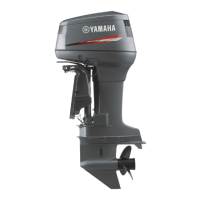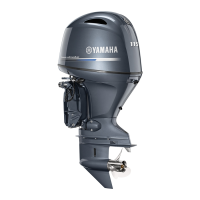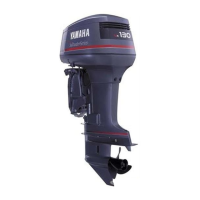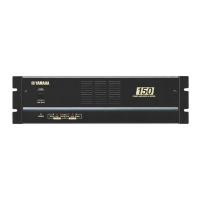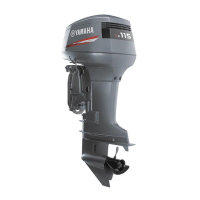How to fix a Yamaha 115C Outboard Motor when the starter will not operate?
- JJonathan FarmerAug 20, 2025
If the starter on your Yamaha Outboard Motor isn't working, begin by checking the battery. It might be weak or have low capacity, so verify its condition and use a battery with the recommended capacity. Ensure the battery connections are tight and free from corrosion; tighten the cables and clean the terminals if necessary. Inspect the fuse for the electric start circuit; if it's blown, identify the cause of the overload, repair it, and replace the fuse with one of the correct amperage. Also, make sure the shift lever is in neutral. If these steps don't resolve the issue, the starter components may be faulty, requiring service by a Yamaha dealer.
